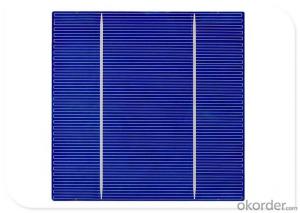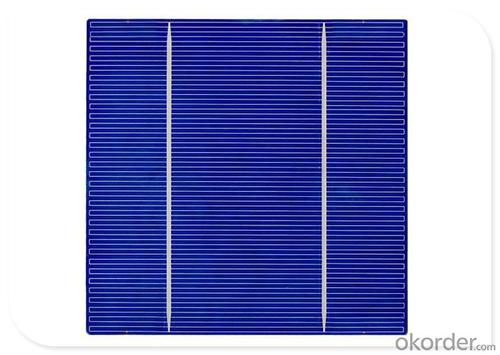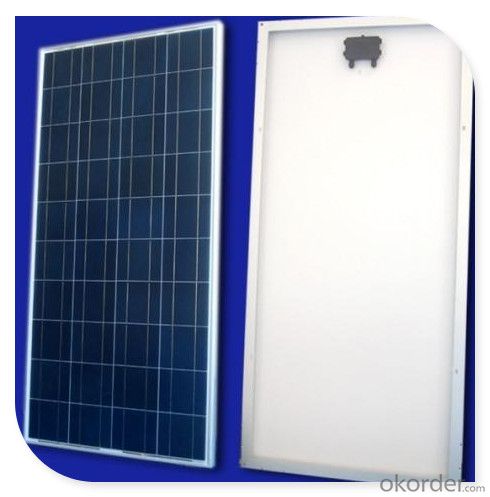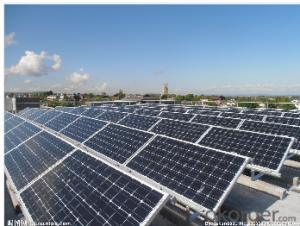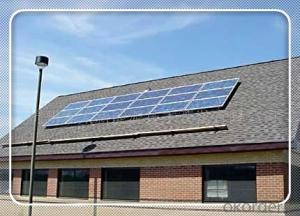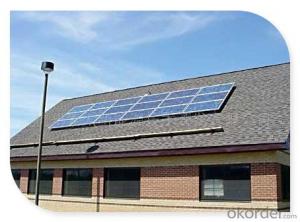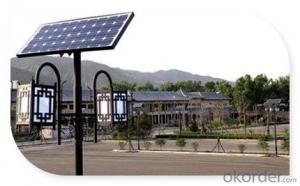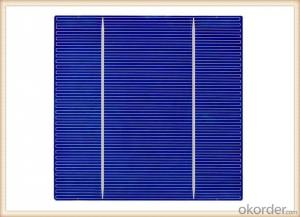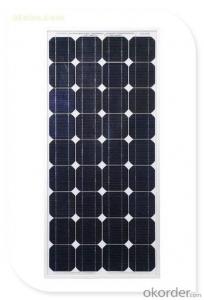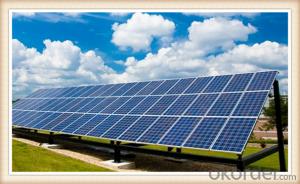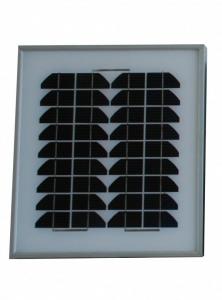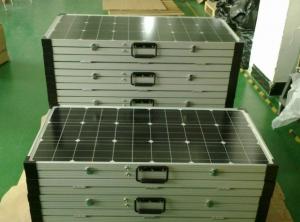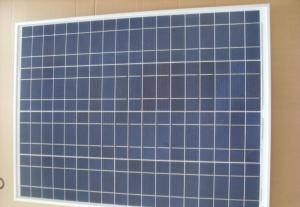SM Solar Panels 30W Efficiency Chinese Solar Panels for Sale 5-200W
- Loading Port:
- China main port
- Payment Terms:
- TT OR LC
- Min Order Qty:
- 10000 watt
- Supply Capability:
- 100000 watt/month
OKorder Service Pledge
OKorder Financial Service
You Might Also Like
Specification
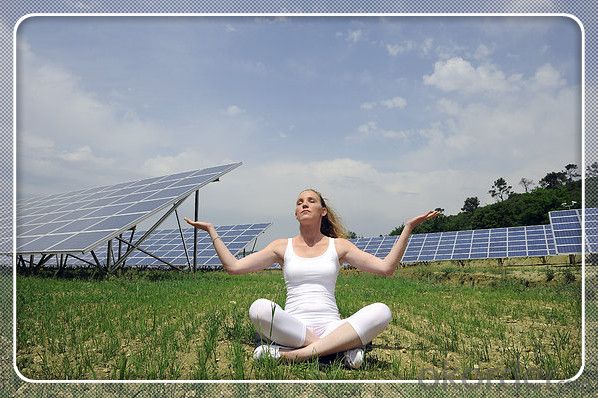
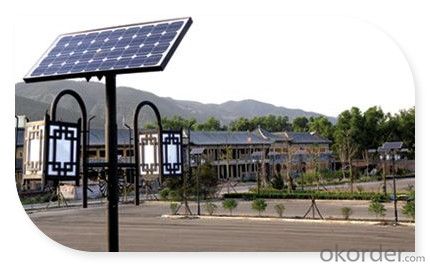
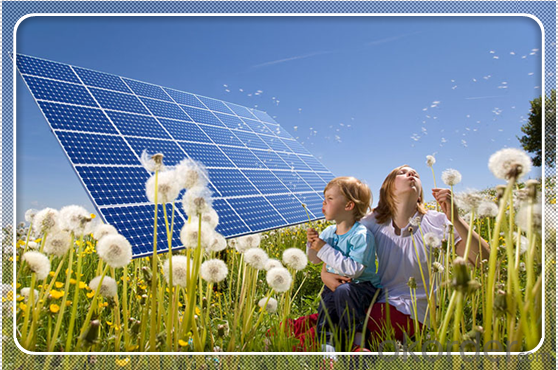
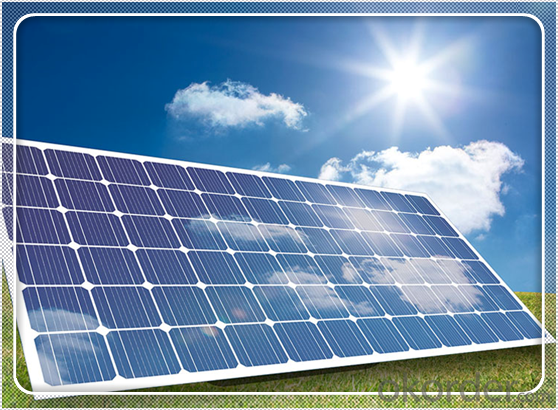
Solar Module Introduction
Solar Module is the core part of solar PV power systems, also is the highest value part of it. The function of Solar Module is to convert the sun's radiation to electrical energy, or transfer it to battery and store in it, or to drive the load running.
The Product has been widely used in space and ground, it mainly used for power generation systems, charging systems, road lighting and traffic signs areas. It could offer a wide range of power and voltage, and with high conversion efficiency, and long service life.
Solar modules use light energy (photons) from the sun to generate electricity through the photovoltaic effect. The majority of modules use wafer-based crystalline silicon cells or thin-film cells based on cadmium telluride or silicon. The structural (load carrying) member of a module can either be the top layer or the back layer. Cells must also be protected from mechanical damage and moisture. Most solar modules are rigid, but semi-flexible ones are available, based on thin-film cells. These early solar modules were first used in space in 1958.
Electrical connections are made in series to achieve a desired output voltage and/or in parallel to provide a desired current capability. The conducting wires that take the current off the modules may contain silver, copper or other non-magnetic conductive transition metals. The cells must be connected electrically to one another and to the rest of the system. Externally, popular terrestrial usage photovoltaic modules use MC3 (older) or MC4 connectors to facilitate easy weatherproof connections to the rest of the system.
Secification
Model Type | |
Peak Power-Pmax(W) | 5-200W |
Open Circuit Voltage-Voc(V) | 44.2 |
Maximum Power Voltage-Vmp(V) | 36 |
Short Circuit Current-Isc(A) | 5.4 |
Maximum Power Current-Imp(A) | 5 |
Maximum System Voltage | 1000V DC |
Maximum Series Fuse Rating | 10A |
Power Tolerance | -1~+3% |
Temperature Coefficients of Pmax | -0.45%/℃ |
Temperature Coefficients of Voc | -0.348%/℃ |
Temperature Coefficients of Isc | 0.031%/℃ |
Nominal Operating Cell Temperature | 44.5±2℃ |
Standard Testing Condition(STC) | Irradiance:1000W/m²;Temperature:25℃;AM=1.5 |
Qualification Test Parameters | |
Operating Temperature | -40℃~+85℃ |
Storage Temperature | -40℃~+85℃ |
Pressure Bearing | ≥5400Pascal/m² |
Wind Bearing | ≥5400Pascal/m² |
Mechanical Characteristics | |
Cell Size | Mono 125*125mm±0.5 |
No.of Cells | 72pcs(6*12) |
Dimension | 1580*808*40mm |
Weight | 15.5Kg |
Glass | 3.2mm High Transmission,Low Iron |
Frame | Anodized Aluminum Alloy |
Junction Box | IP65Rated |
Internal Diodes | 3 Bypass Diodes |
Cable | 1*4.0mm² Length 900mm |
Images
Packing & Shipping:
We have rich experience on how to pack the panels to make sure the safety on shipment when it arrives at the destination.
The normal size is packed by 25pcs/ carton / pallet. Paper carton for FCL shipping and wood carton for LCL shipping.
Warranty:
For c-Si panel: 25years output warranty for no less than 80% of performance, 10 years output warranty for no less than 90% of performance. Free from material and workmanship defects within 5 years.
For a-Si panel: 20 years output warranty for no less than 80% of performance, 10 years output warranty for no less than 90% of performance. Free from material and workmanship defects within 2 years.
FAQ:
(1)What price for each watt?
It depends on the quantity, delivery date and payment terms.
(2)What is your size for each module? Can you tell me the Parameter of your module?
We have different series of panels in different output, both c-Si and a-Si. Please take the specification sheet for your reference.
(3)Can you provide the peripheral products of the solar panels, such as the battery, controller, and inverter? If so, can you tell me how do they match each other?
Actually we are only manufacturer of solar panels, but we could try to source them for you in China if you need. We could provide you an optimal system design to instruct you how to install.
(4)Do you have the CE, TUV, UL Certification?
We’ve already passed all the tests, and any certificate is available.
(5)Have you ever sold your products to companies in my country?
Of course, we have customers in all general PV markets, but I think we should expand our market share along with the market growth.
(6)When did your company set up? You are a new company, how can I believe your quality?
We entered into Solar PV industry in 2005, now we have several plants in manufacturing of a-Si and c-Si panels, and our capacity is 220MW per year. Till now we have already passed all the tests by authorized laboratories, e.g. TUV, VDE, UL.
(7)Can you help us install the module if we cooperate with you?
We haven’t entered into installation sector, but we have the plan in near future.
(8) How do you pack your products?
We have rich experience on how to pack the panels to make sure the safety on shipment when it arrives at the destination.
(9) Can you do OEM for us?
Yes, we can.
(10)Can we visit your factory?
Surely, I will arrange the trip basing on your business schedule.
- Q: Can solar panels be installed on a factory or manufacturing plant?
- Yes, solar panels can be installed on a factory or manufacturing plant. In fact, many industrial facilities are opting for solar panel installations to generate clean and renewable energy. The large roof spaces available in factories are particularly suitable for accommodating solar panels, which can help reduce electricity costs and carbon emissions while promoting sustainability.
- Q: I have a shed that has wiring run for light bulb and a couple outlets. It is in a dark corner of my yard and at night is kinda creepy to go in with even a flashlight. I am weighing the option/expense of running electricity from the house on an overhead line versus putting up a 45 watt solar panel on the metal roof with inverter, battery etc. Sunlight is good to excellent at the location. Question is - will this be sufficient for the occasional use of light and an outlet? What can I expect? Pros and cons appreciated
- Lets say, for a simple approximation, that the 45 watt panel produces 45 watts /3 of the time and nothing the rest of the time. Each day, this will produce 8 hours times 45 watts = 360 watt hours. Also assume the battery charge controller and inverter waste half of that power, leaving 80 watt hours per day. If you use compact fluorescent lamps, that would allow you to burn 80 watts worth for an hour every day, or 90 watts for 2 hours, etc. That is a lot of light for a shed. You might consider using much less efficient tungsten filament lamps, but eliminate the inverter and choose low voltage (automotive) lamps that can run directly across the battery and lower the total cost, but give you only about half the light times time. The main advantage of the inverter might be that it would allow you to use small power tools or appliances in the shed. -- Regards, John Popelish
- Q: How do solar panels affect the aesthetics of a building?
- Solar panels can have both positive and negative effects on the aesthetics of a building. On one hand, solar panels can enhance the visual appeal of a structure, adding a modern and sustainable element to its design. They can be integrated seamlessly into the architecture, creating a sleek and futuristic look. On the other hand, some people may find solar panels visually unappealing, especially if they are not well-integrated or if they cover a significant portion of the building's surface. Ultimately, the overall impact on aesthetics depends on the design, placement, and integration of the solar panels.
- Q: Can solar panels be used for charging electric bikes?
- Yes, solar panels can be used to charge electric bikes. By converting sunlight into electricity, solar panels can provide renewable energy to charge the batteries of electric bikes, making them a sustainable and eco-friendly option for transportation.
- Q: So lets say that Everyday I use ,280 kWh. How many 250 watt solar panels would I buy so that I don't need to buy electricity anymore. Sorry if this sounds stupid, I am doing research on why american homes should become more cost efficient.
- Everyday I use ,280 kWh 280 kW-hour / 24 hours = 470 kW WOW, that is a very high power level, most homes use an average of .2 kW. My guess is that you mean you use 280 kW-hour in a year, which comes to an average power of .3 kW, typical. Assuming you get, worse case, 6 hours of sun per day, for the first case, 470 kW, each solar panel generates the equivalent of 250 x6/24 = 60 watts, so you would need 470k/60 = 8000 panels For the second case, .3 kw or 300 watts, divided by 60 that is about 20 panels. Depending on where you live, you could need as much as twice that number. Plus you need charge controller, lots of expensive batteries, and an inverter. The big problem is periods of no sun. If you demand continuous power, and you have a period of, say, 24 hours with no sun because of storms, etc, then the number of batteries increases to the hundreds.
- Q: Can solar panels be installed on a car?
- Yes, solar panels can be installed on cars. These panels can convert sunlight into electricity, which can then be used to power various components of a car, such as the battery, air conditioning, or even the motor. Solar panels on cars are a growing trend as they offer a sustainable and renewable energy source, reducing dependency on fossil fuels and lowering carbon emissions. However, the effectiveness of solar panels on cars may vary depending on factors such as the size of the panels, the amount of sunlight available, and the energy demands of the vehicle.
- Q: how long till a 50 watt solar panel pays itself off in buffalo, ny if its $500. i have national grid and heres the link to the rates. i am residential.
- lots of info about solar panels, perhaps you'll find answer to your question renewableenergyarticles.blogspot....
- Q: Can solar panels be used for camping or outdoor activities?
- Yes, solar panels can be used for camping or outdoor activities. They are portable and can provide a sustainable source of energy to power various devices such as phones, lights, and even small appliances. Solar panels are lightweight, easy to set up, and can harness sunlight to charge batteries or directly power devices, making them an ideal solution for off-grid adventures.
- Q: Can solar panels be used to power a cruise ship?
- Yes, solar panels can be used to power a cruise ship, but it may not be the sole source of power due to the large energy demands of a cruise ship. However, solar panels can contribute to the overall energy supply of a cruise ship, reducing its reliance on fossil fuels and decreasing its environmental impact.
- Q: Can solar panels be installed on a hospital or medical facility?
- Yes, solar panels can be installed on a hospital or medical facility. In fact, many healthcare institutions are adopting solar energy as a sustainable and cost-effective solution to meet their energy needs. Installing solar panels on hospitals can help reduce energy costs, contribute to a greener environment, and showcase the facility's commitment to renewable energy sources. Additionally, solar power can provide a reliable source of electricity, especially during power outages or emergencies, ensuring uninterrupted patient care.
Send your message to us
SM Solar Panels 30W Efficiency Chinese Solar Panels for Sale 5-200W
- Loading Port:
- China main port
- Payment Terms:
- TT OR LC
- Min Order Qty:
- 10000 watt
- Supply Capability:
- 100000 watt/month
OKorder Service Pledge
OKorder Financial Service
Similar products
Hot products
Hot Searches
